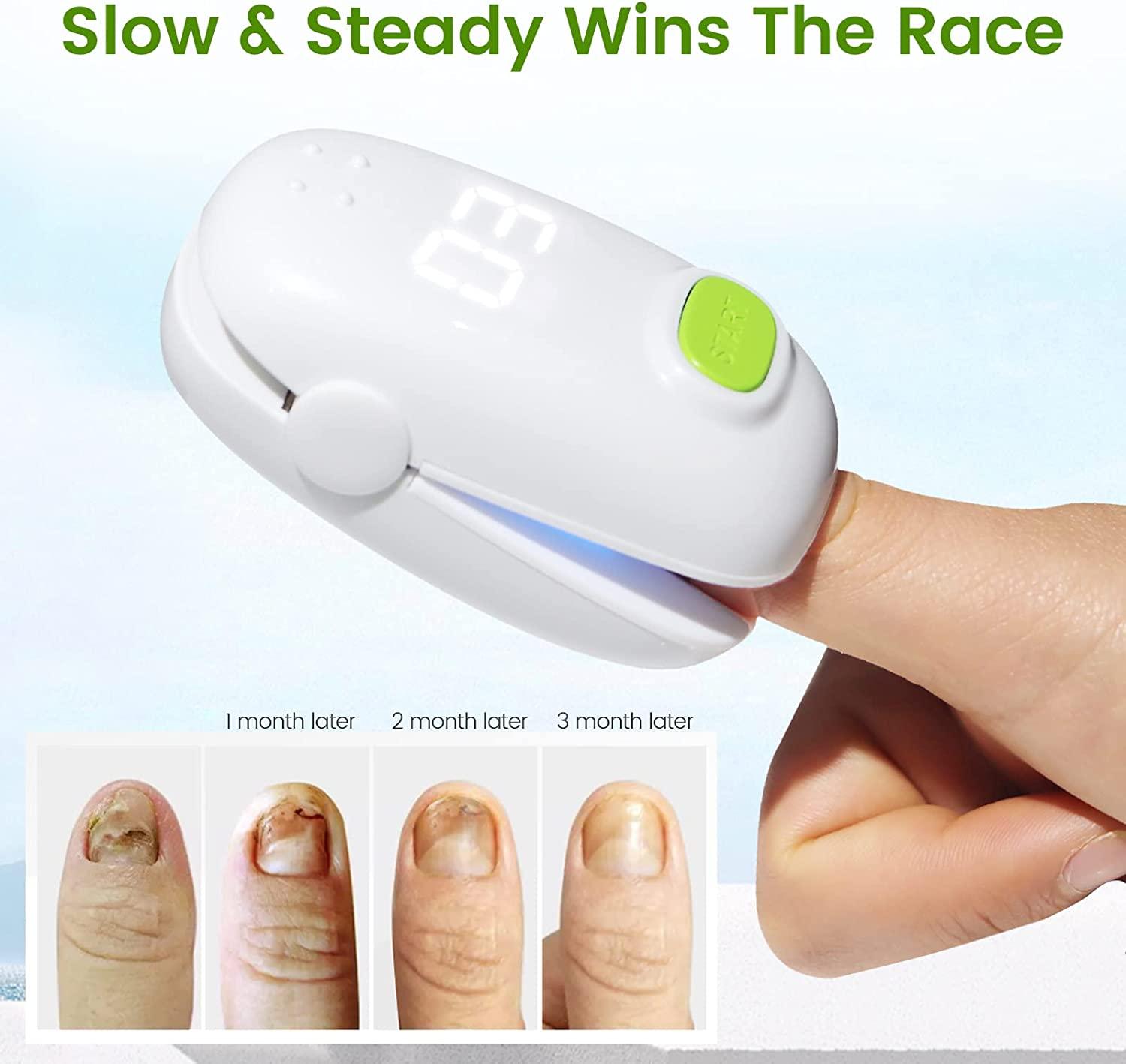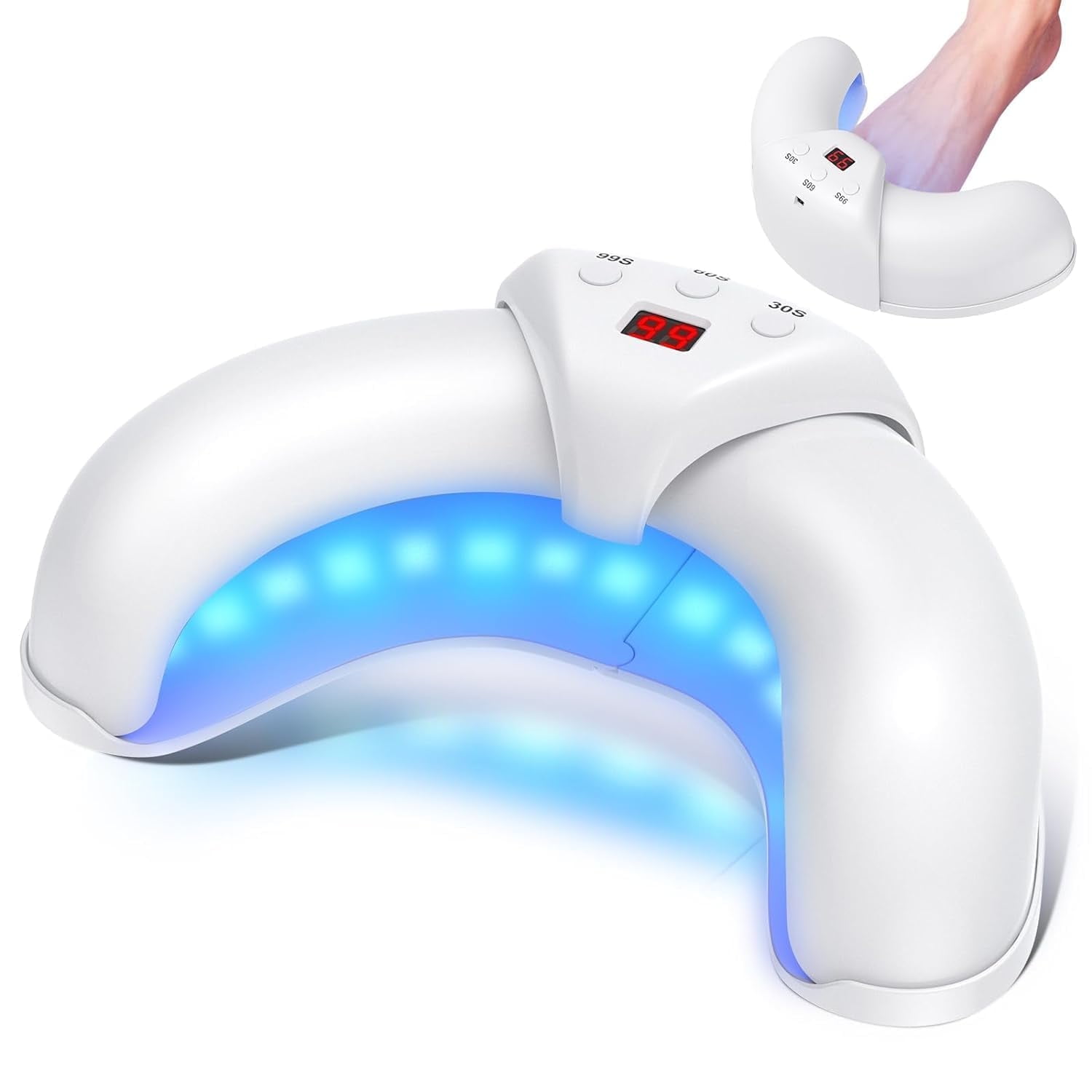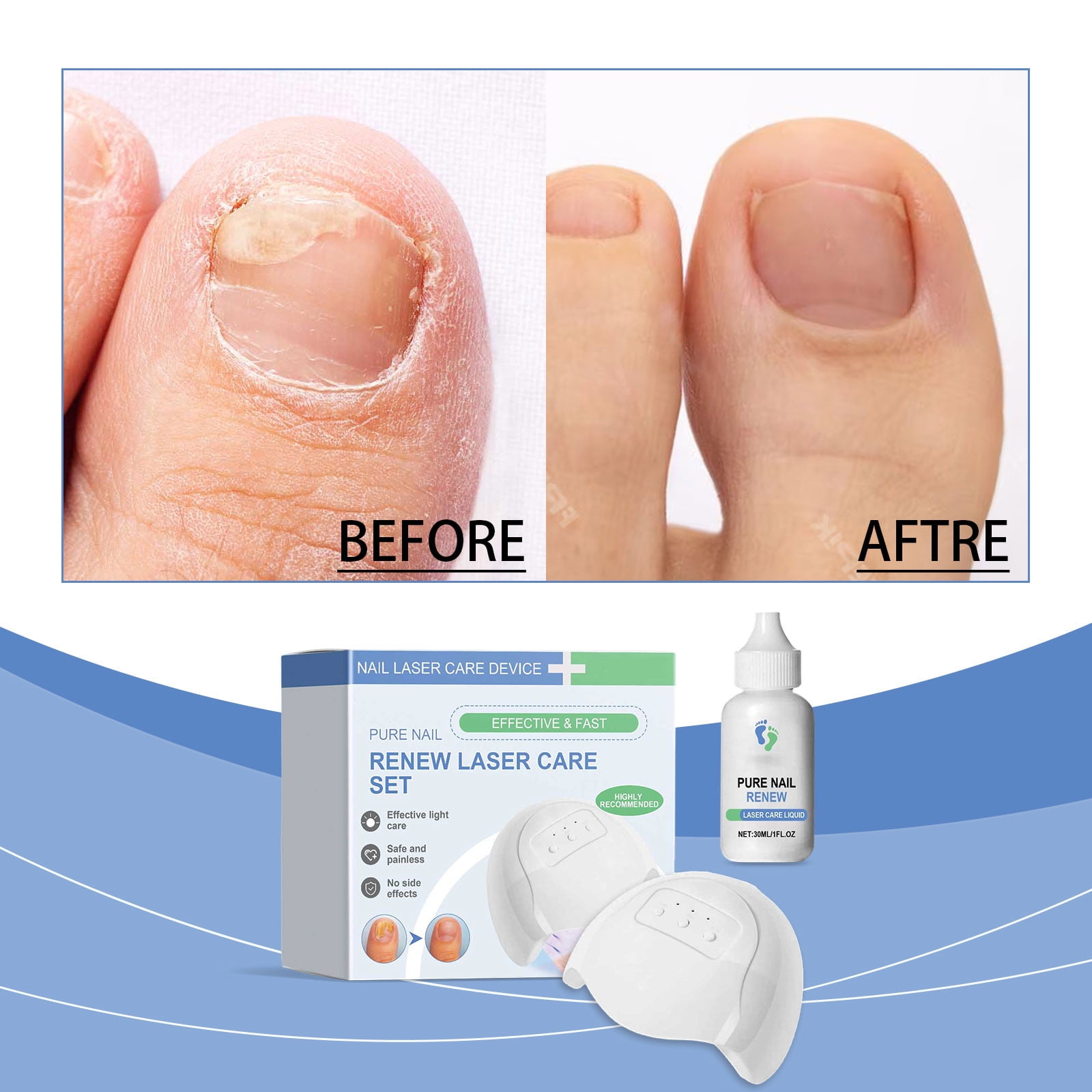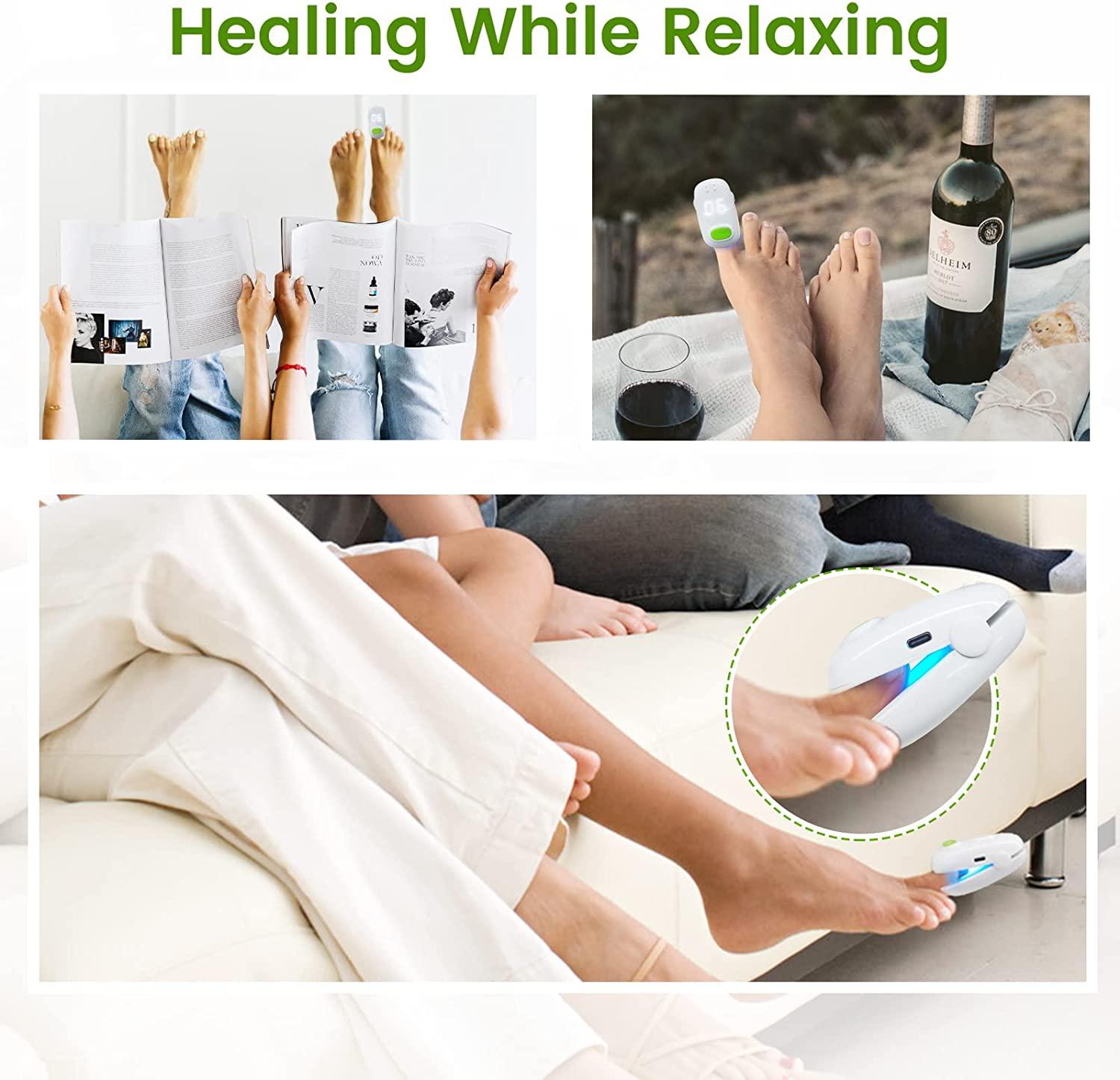Best At Home Toenail Fungus Laser
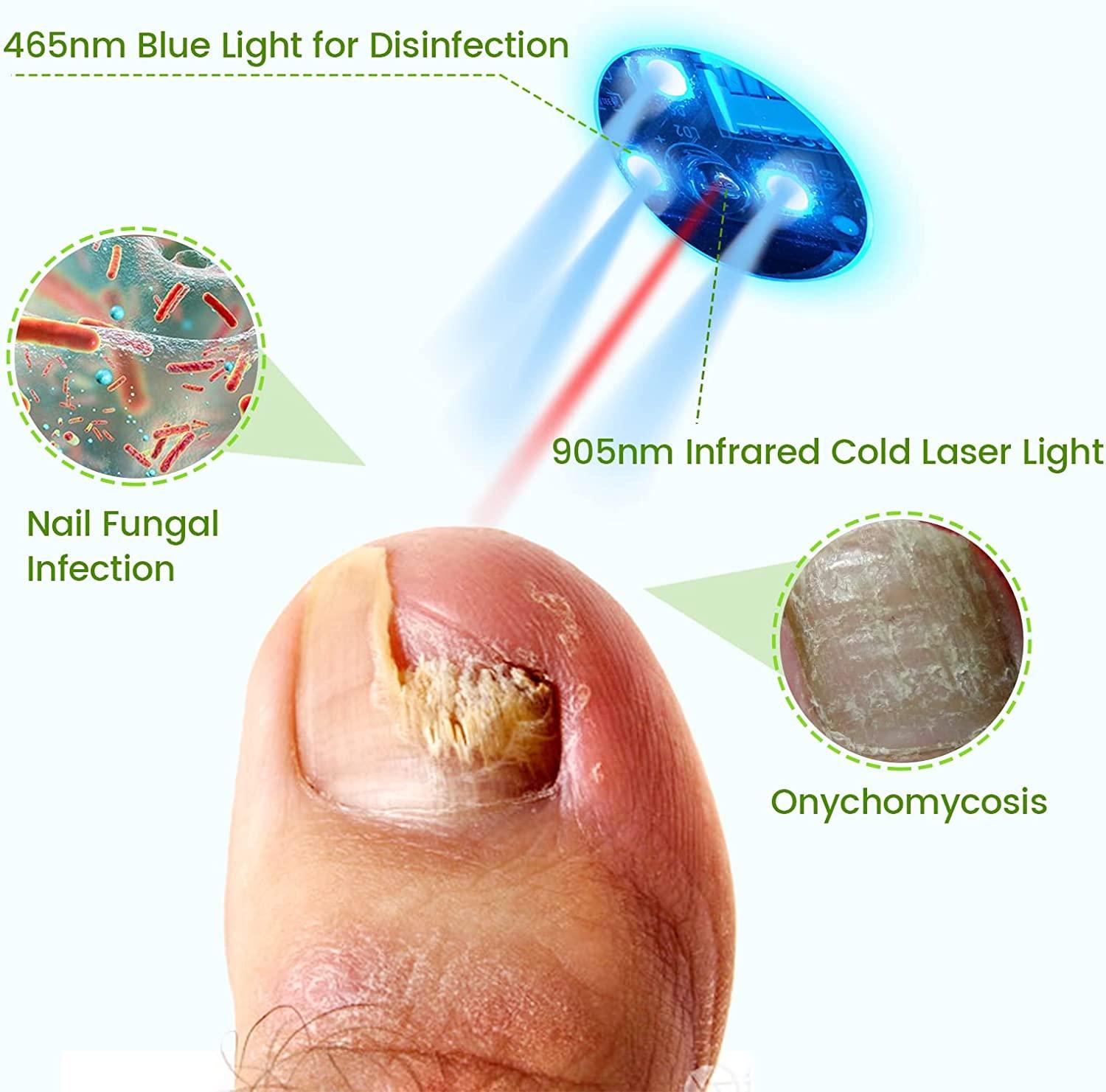
Breaking: A new wave of at-home laser devices are hitting the market, promising a pain-free solution to stubborn toenail fungus. Are these devices a viable alternative to traditional treatments, or just another marketing gimmick?
This article cuts through the hype to provide a concise, fact-based overview of the best at-home toenail fungus lasers currently available, their purported efficacy, and potential drawbacks.
FDA Clearance and Safety Concerns
The key question is: are these devices FDA cleared? Many at-home lasers are marketed as "low-level" or "cosmetic," which may bypass rigorous FDA scrutiny.
Always verify FDA clearance for medical devices before use. Unapproved devices may pose risks and offer limited effectiveness.
Look for the FDA 510(k) clearance number on the product packaging or website. This indicates the device has been reviewed and deemed substantially equivalent to a legally marketed predicate device.
Top Contenders in the At-Home Laser Market
Several at-home lasers are vying for consumer attention. We’ll focus on those with some evidence (though limited) supporting their claims.
The Lunula Laser
The Lunula Laser is a cold laser device, often used in clinics, but smaller versions are becoming available for home use.
It utilizes low-level laser therapy (LLLT) to target fungus beneath the nail. Studies suggest it can reduce fungal load, but results vary.
Treatment sessions are typically short, around 12 minutes per affected foot. Multiple sessions are needed over several weeks.
The NUBEO Nail Fungus Laser Treatment Device
The NUBEO device employs a combination of blue light and infrared laser technology. It aims to penetrate the nail and inhibit fungal growth.
Users typically apply the device directly to the affected nail for a set duration, usually a few minutes per day. Consistency is crucial for achieving results.
Customer reviews are mixed, with some reporting improvement and others seeing no noticeable difference. This highlights the variability in individual responses.
The Emtrix Fungal Nail Treatment
Though not a laser, Emtrix is a topical treatment frequently mentioned alongside laser devices. It's important to understand the distinction.
It works by softening the nail and creating an environment unfavorable to fungal growth. It does not use laser technology.
Emtrix is often used in conjunction with laser treatments or as a maintenance therapy after laser sessions.
Efficacy and Limitations
No at-home laser guarantees complete eradication of toenail fungus. Results depend on the severity of the infection, the individual's immune response, and adherence to the treatment protocol.
Mild to moderate cases may see some improvement, but severe infections often require professional medical intervention.
At-home lasers should be considered complementary treatments, not replacements for prescription medications or surgical debridement.
Cost Considerations
At-home toenail fungus lasers can range from several hundred to over a thousand dollars. This is a significant investment.
Compare the cost of the device to the potential cost of prescription antifungal medications or clinic-based laser treatments. Consider long term cost effectiveness of your selected treament.
Factor in the cost of replacement parts or accessories, such as protective eyewear, if required.
Expert Opinions and Recommendations
Dermatologists generally recommend consulting a professional for proper diagnosis and treatment of toenail fungus. Self-treating without confirmation could delay appropriate care.
“While some at-home lasers show promise, the evidence is still limited,” says Dr. Jane Smith, a board-certified dermatologist. “They may be helpful in conjunction with other treatments, but they are not a standalone cure for most cases.”
If considering an at-home laser, discuss it with your doctor to determine if it’s a suitable option for your specific condition.
The Verdict
At-home toenail fungus lasers offer a potential alternative to traditional treatments, but they are not a guaranteed solution.
Prioritize FDA-cleared devices and consult a healthcare professional before starting any treatment regimen. Manage expectations and understand the limitations of these devices.
Continued research is needed to fully assess the efficacy and long-term benefits of at-home laser therapy for toenail fungus.
